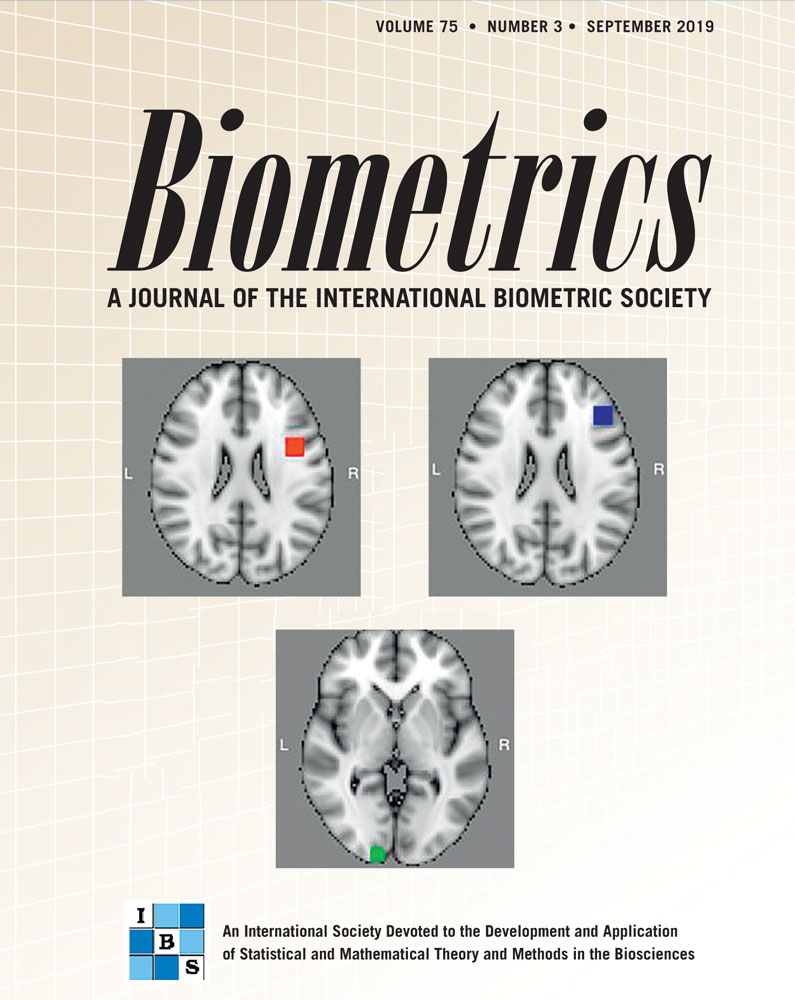Causal inference when counterfactuals depend on the proportion of all subjects exposed
Abstract
The assumption that no subject's exposure affects another subject's outcome, known as the no-interference assumption, has long held a foundational position in the study of causal inference. However, this assumption may be violated in many settings, and in recent years has been relaxed considerably. Often this has been achieved with either the aid of a known underlying network, or the assumption that the population can be partitioned into separate groups, between which there is no interference, and within which each subject's outcome may be affected by all the other subjects in the group via the proportion exposed (the stratified interference assumption). In this article, we instead consider a complete interference setting, in which each subject affects every other subject's outcome. In particular, we make the stratified interference assumption for a single group consisting of the entire sample. We show that a targeted maximum likelihood estimator for the i.i.d. setting can be used to estimate a class of causal parameters that includes direct effects and overall effects under certain interventions. This estimator remains doubly-robust, semiparametric efficient, and continues to allow for incorporation of machine learning under our model. We conduct a simulation study, and present results from a data application where we study the effect of a nurse-based triage system on the outcomes of patients receiving HIV care in Kenyan health clinics.




